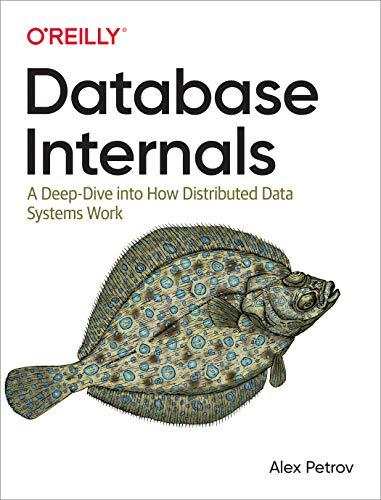Question
Need to be answered correctly. You must: Comment and Format and Must make sure about indenting. If you don't follow these steps, it will be
Need to be answered correctly. You must: Comment and Format and Must make sure about indenting. If you don't follow these steps, it will be flagged for review. MUST BE IN JAVA FORMAT. IT IS A MUST. Please also check the output very carefully. Must not provide the answer on a page. Use the Java compiler. Please provide the code in such a way so that it can be copied and checked in the Java compiler. Must provide the coding as Card.java, Deck.java and Demo.java




Need to be answered correctly. You must: Comment and Format and Must make sure about indenting. If you don't follow these steps, it will be flagged for review. MUST BE IN JAVA FORMAT. IT IS A MUST. Please also check the output very carefully. Must not provide the answer on a page. Use the Java compiler. Please provide the code in such a way so that it can be copied and checked in the Java compiler. Must provide the coding as Card.java, Deck.java and Demo.java
This question will test your skills in object-oriented programming with multiple classes and the use of ArrayLists as the data structure. You are to design a simple card game called War (see http://www.bicyclecards.com/how-to-play/war/ for a detailed description of the card game). In this game, there are two players who each get half the deck of cards (26 cards each). Players, at the same time, flip over the top card on their pile. The player who flips the higher value/rank card wins and gets both cards. The winning player adds both cards to their pile of cards. If both players flip over cards with the same value/rank, then a "War" starts. When "War" is declared both players put four cards into a separate pile and flip over the top card. The player who flips over the highest card wins the "War" pile. If the players both turn over the same card while at "War" you play War again (etc.). The game then resumes as normal (one card at a time). The game ends when one player runs out of cards. The winner has all the cards. You can play an online version of the game here https://cardgames.io/war/. You will have three Classes (Card, Deck and a Demo Class) This question will test your skills in object-oriented programming with multiple classes and the use of ArrayLists as the data structure. You are to design a simple card game called War (see http://www.bicyclecards.com/how-to-play/war/ for a detailed description of the card game). In this game, there are two players who each get half the deck of cards (26 cards each). Players, at the same time, flip over the top card on their pile. The player who flips the higher value/rank card wins and gets both cards. The winning player adds both cards to their pile of cards. If both players flip over cards with the same value/rank, then a "War" starts. When "War" is declared both players put four cards into a separate pile and flip over the top card. The player who flips over the highest card wins the "War" pile. If the players both turn over the same card while at "War" you play War again (etc.). The game then resumes as normal (one card at a time). The game ends when one player runs out of cards. The winner has all the cards. You can play an online version of the game here https://cardgames.io/war/. You will have three Classes (Card, Deck and a Demo Class)
Step by Step Solution
There are 3 Steps involved in it
Step: 1

Get Instant Access to Expert-Tailored Solutions
See step-by-step solutions with expert insights and AI powered tools for academic success
Step: 2

Step: 3

Ace Your Homework with AI
Get the answers you need in no time with our AI-driven, step-by-step assistance
Get Started


